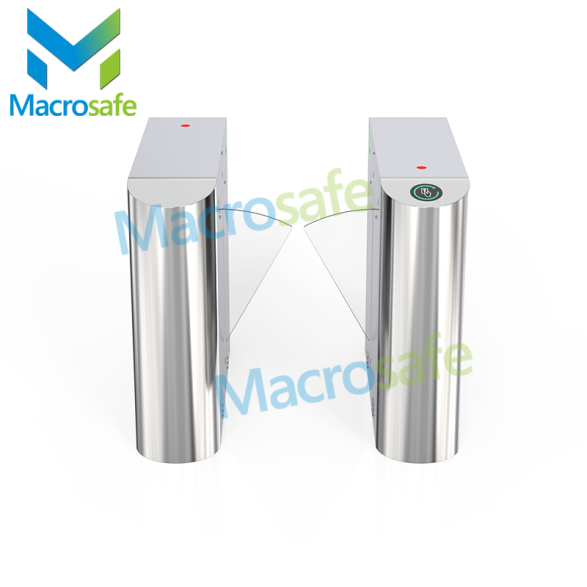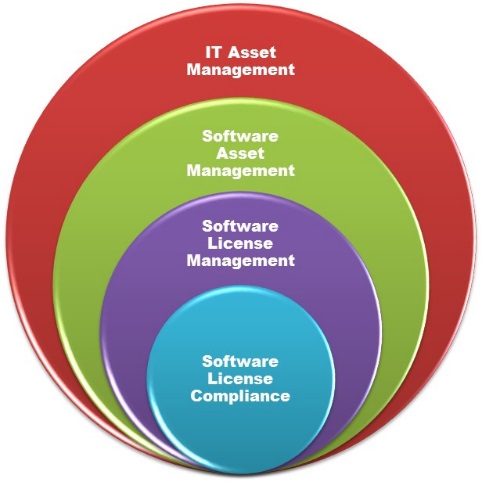When it comes to access control and crowd management, turnstile gate have played a significant role in various industries. Over the years, turnstile gate technology has evolved from mechanical systems to highly advanced and automated solutions. In this article, we explore the evolution of turnstile gate technology, highlighting the milestones and innovations that have led to the development of sophisticated automated systems for efficient access control and enhanced security.
1. Mechanical Turnstile Gates: The Foundation of Access Control
Mechanical turnstile gates were the earliest iterations of this technology. Typically made of metal and operated manually, these gates served as a physical barrier to control the flow of people. Mechanical turnstiles consisted of rotating arms that allowed passage to one person at a time, preventing unauthorized access. While simple and effective, these gates had limitations in terms of speed, capacity, and compatibility with modern security measures.
2. Introduction of Electronic Turnstile Gates
The introduction of electronic turnstile gates brought significant advancements to the access control industry. Electronic turnstiles replaced the manual operation with electronic components, offering greater control and functionality. Through the use of sensors and actuators, these gates could detect the presence of individuals and facilitate smoother entry and exit processes. Moreover, electronic turnstile gates enabled integration with access control systems, such as keycards or biometric authentication, enhancing security and permitting more sophisticated user tracking.
3. Adoption of Card-based Access Control Systems
One of the key milestones in the evolution of turnstile gate technology was the adoption of card-based access control systems. These systems replaced traditional keys with proximity cards or magnetic stripe cards. Electronic turnstile gates were fitted with card readers, allowing users to swipe or tap their cards for entry. This advancement improved convenience, security, and scalability as access privileges could be easily managed and modified within the card-based system.
4. Transition to RFID and Contactless Technologies:
With the need for faster and more efficient access control, turnstile gate technology made a significant shift towards RFID (Radio Frequency Identification) and contactless technologies. RFID enabled users to gain entry by simply holding their cards or badges near the gate’s reader, eliminating the need for physical contact or swiping. Contactless technologies, such as NFC (Near Field Communication), offered even greater convenience by enabling users to access gates using their smartphones or wearable devices. These advancements streamlined the access process and improved user experience.
5. Integration of Biometric Authentication:
Biometric authentication was another major leap in turnstile gate technology. By integrating biometric scanners, such as fingerprint or facial recognition systems, turnstile gates provided highly secure and accurate means of identification. Biometric authentication eliminated the need for physical cards or tokens, making access control more convenient and eliminating vulnerabilities associated with lost or stolen credentials. This integration significantly enhanced security measures, particularly in high-security environments like airports, government buildings, or data centers.
6. Automation and Intelligent Control Systems:
The latest advancements in turnstile gate technology revolve around automation and intelligent control systems. Automated turnstile gates employ advanced sensors, analytics, and machine




